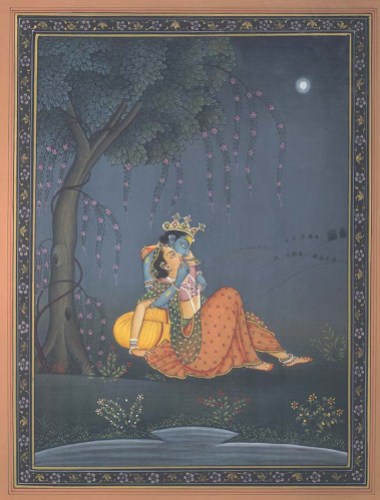
Daniela Cascella’s 2017 book Singed: Muted voice-transmissions after the fire contemplates the silences and fissures that take disconnected works and tune them into a shared frequency. The book inspires a reading and listening that opens rather than closes the depths of a given work of art. In Soused (2014), the collaborative record between the eminently obscure singer-songwriter Scott Walker and the minimalist sub-bass drone group Sunn O))), the same types of disconnect and shared frequencies elicited in Cascella’s Singed are brought together.
Given the extremity of both Walker and Sunn O))), the meeting point of these extremes leaves listeners to wonder, as Cascella might, how one is able to write or speak after listening to Soused? This evocation is based on the way that both Walker and Sunn O))) push their listeners to various limits, be it lyrically, vocally, aesthetically, or sonically. Walker’s excess is a coalescence of all these things–his lyrics operate through what he calls “edge work”; his voice matures toward a depersonalized space voided of the usual predicates so that it resembles the sound “of just a man singing”. Walker’s aesthetic becomes increasingly dark with each of his albums, punctuated by long periods of reclusiveness and silence. The musical soundscapes, from the album Climate of hunter (1984) onward, become increasingly expansive, more experimental, and ultimately more difficult. Similar to Walker, excess and minimalism characterize Sunn O)))’s primal slabs of guitar and synth. Their maximalist drone doom collapses the boundaries between the aural and haptic, carving out an immersive physio-aural-haptic experience. The idea of an “apocalyptic tone” (inspired by Maurice Blanchot’s notion of disaster) becomes the basis of these imagined frequencies and resonates in the soundworld created by Walker and Sunn O))) on Soused.
Read on in “The apocalyptic tone of Scott Walker, Sunn O))) and Soused” by Adam Potts (Journal for cultural research XXIV/3 [2020], 185–202).
Below is the music video for Brando, from the album Soused, by Gisèle Vienne.












